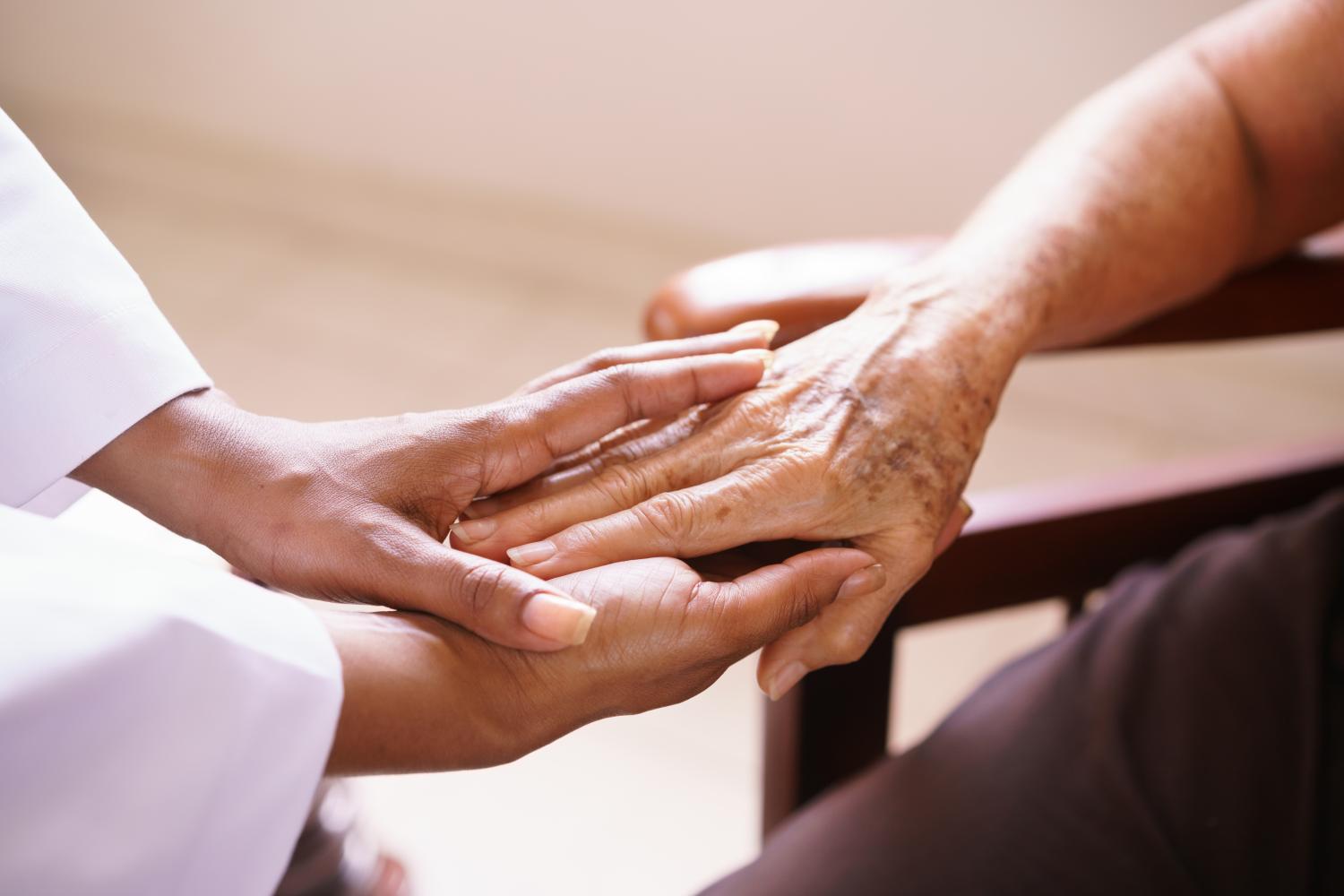This essay is part of “The SDG second half: Ideas for doing things differently.”
Goal 5 is an ambitious and expansive approach to reducing gaps between males and females and enabling women and girls to live their lives to the fullest. It proposes a multidimensional definition of, and comprehensive set of indicators for, tracking gender equality and women’s empowerment, complemented with targets and indicators across other goals. While advances have been made toward many aspects of Goal 5, the U.N. estimates that at the current rate, it will take nearly 300 years to meet all targets. A high priority for accelerating progress is Target 5.4, which seeks to equalize the time that women and men spend on unpaid care and domestic work, including care for children, the elderly, the sick, and those with disabilities. Available data suggest this target is seriously off track.
Even before COVID-19 exposed glaring gaps in the infrastructure, systems, and services for care, inequality between males and females in unpaid care and domestic work were stark, with women providing the bulk of care worldwide. At the same time, the need for more and better care is urgent. Many countries will experience an increased demand for care, especially elderly care, over the next 7 years considering demographic trends and climate-related events. Fertility remains high in several countries in sub-Saharan Africa, which will require care for children, while several countries in Asia, the Middle East, and Europe face high growth rates of the elderly population, with many countries expected to turn greyer by the end of the SDGs in 2030. Conflict also increases the need for care, especially for those with physical and emotional disabilities. Unless the supply of publicly supported care for children, the elderly, and those with disabilities increases, and men take up more caring labor, women of working age will face pressure to drop out of the labor force to take on this role.
There are currently no international legal standards for the provision of care. Nonetheless, the global community has adopted the “Five R” framework for care: recognize, reduce, and redistribute unpaid work, and reward and represent paid caregiving. Comprehensive and coordinated policies, investments, and actions are needed to implement this framework. National governments play a key role in setting policies, including for parental leave and long-term care services1; occupational, safety, and other regulations for public and private care providers; and financing through public expenditure or tax credits. Governments can also incorporate care as an economic sector in industrial planning and job creation strategies. As they do so, more investment and better regulation to assure the quality of care services will be critical.
Since care provision largely takes place at the local level, municipalities also play a key role—delivering or contracting out public services; issuing building codes, licensing requirements, and standards for care facilities; inspecting facilities to ensure standards are met; and providing financial support to families, to name a few functions.2Bogota is a shining example of a municipality that has adopted a comprehensive care framework, centered around CARE blocks that currently operate in 10 areas of the city, providing a range of quality services for caregivers and recipients.
But there is more to do. For instance, mayors, city councils, and urban planners can incorporate care services and infrastructure into city master plans. Collecting and analyzing data on the demand for care and the supply of care services is a first step. Planners can also link care diagnostics to strategies for housing, transport, land use, energy, water and sanitation, and food security. Meanwhile, cities can begin incorporating care provision into planning for climate risks and adaptation in response to climate shocks. Employer-supported child care can be particularly impactful in low-income and post-conflict contexts where fiscal space may be constricted and publicly provided services are limited. The needs of unpaid and informal caregivers should be at the heart of these efforts.
All individuals require care and provide care at some point throughout their lives, many without the support they need. Continued inaction and lack of investment is no longer an option. By 2030, there is a major opportunity to advance SDG 5.4, and ensure the world is on the way to building quality systems to support caregivers and those who receive it. National- and local-level leaders working together can help pave the way forward.
-
Footnotes
- Only 53 countries have adopted parental leave—that is, leave available for either parent. Currently, 118 economies grant paid maternity leave of at least 14 weeks to working mothers. However, of these, only 80 provide maternity benefits through public funds such as social security. Although job-protected maternity leave of adequate length and pay is critical, offering leave for mothers only, especially above a threshold of 30 weeks, can be correlated with fewer women in the workforce (Del Rey, Kyriacou, and Silva 2021). Studies show that a smaller gap between mothers’ and fathers’ leave is associated with a higher female labor force participation rate, suggesting that women’s participation in the workforce could be increased by shrinking the leave gap between parents (Hyland and Shen 2022).
- In the U.S., initiatives are underway to establish free or widely expanded childcare in California, Washington, D.C., Georgia, Maine, and Colorado. Multnomah County in Oregon passed a ballot measure in 2020 with 64 percent of the vote, approving a tax on the wealthy to fund preschool for all 3- and 4-year-olds. Funding is the biggest obstacle to local and state child care efforts. While taxing the wealthy was palatable to Portland voters, the New Mexico initiative relies on a different funding source, a land grant fund.
The Brookings Institution is committed to quality, independence, and impact.
We are supported by a diverse array of funders. In line with our values and policies, each Brookings publication represents the sole views of its author(s).




